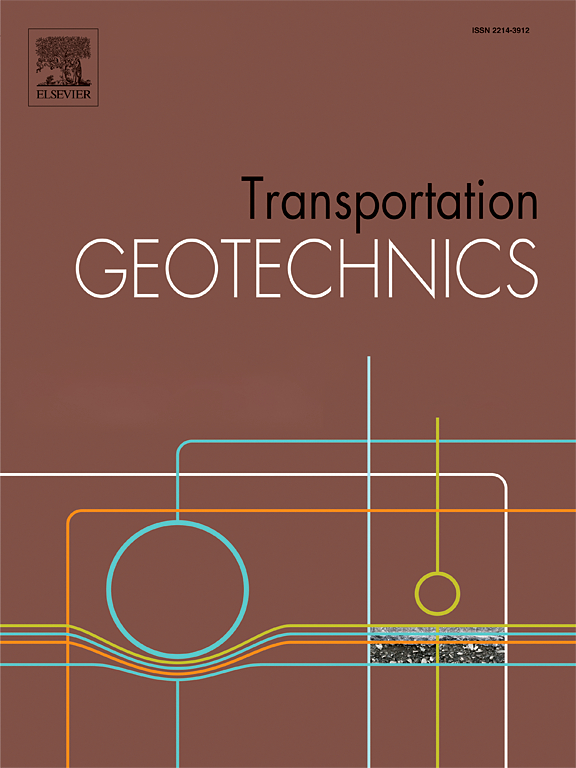Data visualization strategy for predicting rock mass classification with TBM key rock-fragmentation parameters
IF 4.9
2区 工程技术
Q1 ENGINEERING, CIVIL
引用次数: 0
Abstract
This study proposes a data visualization strategy for predicting rock mass classification, which only adopts 5 tunnelling parameters related to rock fragmentation as input. For implementation, first, the database of TBM tunnelling parameters was established after data cleaning, in which 4,172 boring cycles from the Yinchao project were acquired. Subsequently, five tunnelling parameters of each cycle were plotted automatically into 9 single images in a defined manner. AIF (Assembled Image Fusion) image was composed of 9 single images. Finally, a convolutional neural network model (ResNet) was employed to recognize AIF fused image for rock mass classification. The results show that: (1) The AIF fused image outperforms single images, with an F1 score of 0.83 compared to 0.77 for the best single image (image of cutterhead torque T vs cycle duration time t). (2) In comparison, LightGBM and RF models, using mean values of tunneling parameters, achieved F1 scores of 0.73 and 0.71, respectively, which are inferior to the AIF fused image approach. (3) The proposed visualization strategy suggests that image plotting should consider the statistical distribution of the dataset for axis scaling, while color choice has minimal impact on recognition. This strategy offers an effective framework for prediction of rock mass classification.
求助全文
约1分钟内获得全文
求助全文
来源期刊

Transportation Geotechnics
Social Sciences-Transportation
CiteScore
8.10
自引率
11.30%
发文量
194
审稿时长
51 days
期刊介绍:
Transportation Geotechnics is a journal dedicated to publishing high-quality, theoretical, and applied papers that cover all facets of geotechnics for transportation infrastructure such as roads, highways, railways, underground railways, airfields, and waterways. The journal places a special emphasis on case studies that present original work relevant to the sustainable construction of transportation infrastructure. The scope of topics it addresses includes the geotechnical properties of geomaterials for sustainable and rational design and construction, the behavior of compacted and stabilized geomaterials, the use of geosynthetics and reinforcement in constructed layers and interlayers, ground improvement and slope stability for transportation infrastructures, compaction technology and management, maintenance technology, the impact of climate, embankments for highways and high-speed trains, transition zones, dredging, underwater geotechnics for infrastructure purposes, and the modeling of multi-layered structures and supporting ground under dynamic and repeated loads.
 求助内容:
求助内容: 应助结果提醒方式:
应助结果提醒方式:


